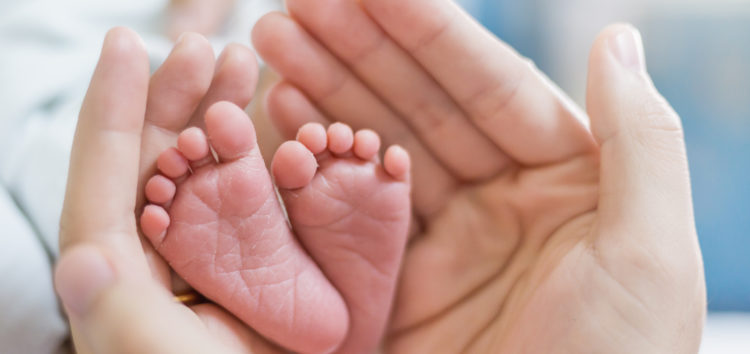Call and get expert advice from our team of specialist birth injury solicitors. Find out if you can claim compensation.
CALL 0800 083 5500
When considering making a claim for Erb’s Palsy – or Obstetric Brachial Plexus Palsy – compensation, it is important that you seek advice from a specialist Erb’s Palsy solicitor with experience in these complex claims.

Erb’s Palsy is a condition that can cause long-term problems for your baby, and your family. Ongoing care, medical assistance and costs can mean that a claim for compensation could be your best course of action.
Where it can be proved that negligence has caused your baby to develop Erb’s Palsy, you should speak to a specialist birth injury solicitor, who can talk you through the claim process.
Erb’s Palsy is a type of birth injury that can be caused by negligence from healthcare professionals.
There are a number of ways in which a doctor, midwife, nurse or other medical staff supervising or assisting your child’s birth may be negligent and be deemed to have caused your child to suffer Erb’s Palsy.
Commonly, circumstances leading to Erb’s Palsy include:
If you have experienced one or more of these scenarios, you may want to consider speaking with an Erb’s Palsy Lawyer, about seeking compensation.
In the most serious cases of Erb’s Palsy – where there will be only a partial recovery or none at all – your child may require ongoing professional care throughout their life. It may also be that their earning potential is limited due to their disability. These circumstances can be factored into a claim for Erb’s Palsy compensation in order to provide financial security and the peace of mind that your child will always receive the professional care that they need.
The distress associated with caring for a baby that suffers from Erb’s Palsy understandably leaves many family members distraught. At Blackwater Law, our aim is to secure you the maximum possible compensation available in your case – without introducing any additional risk or stress. That’s why we undertake all birth injury claims – including claims for Erb’s Palsy – on a no-win, no-fee basis. Making a claim is the best way to secure your financial future.
Erb’s palsy occurs when a baby sustains serious nerve damage during birth. When the baby’s shoulders become stuck following the emergence of their head, improper application of force by medical staff can result in bruising, tearing or twisting of the brachial plexus. This network of 5 key nerves connects the neck to the arms and is responsible for facilitating movement and feeling therein. When any of the nerves within it are damaged, signals travelling to and from the brain are impaired, resulting in impairment or loss of movement and feeling.
Approximately one in a thousand babies are born with this condition, which can have a lifelong impact on the individual and their family. Although it can occur after birth, the condition frequently occurs during delivery when the baby’s neck is stretched unnaturally as the head and shoulders pass through the birth canal.
Erb’s Palsy generally occurs as a result of difficult labour but certain risk factors include:
In instances where it can be proven that Erb’s Palsy has directly resulted from negligence on the part of the midwife or hospital, it may be appropriate to pursue an Erb’s palsy claim as part of a wider birth injury claim.
Blackwater Law is recognised as having a leading team of Erb’s Palsy lawyers. The team at Blackwater Law are experienced in representing clients in a wide range of cases relating to birth injuries sustained by both mothers and birth injuries to babies. Such is the team’s reputation in the field of medical negligence law, they advise and represent a large number of clients across the country.
Our team of lawyers are independently recognised as being specialists in the area of medical negligence by the Legal 500 and the Law Society. This means that if you approach Blackwater Law for advice, the guidance you receive will be some of the best available to you.